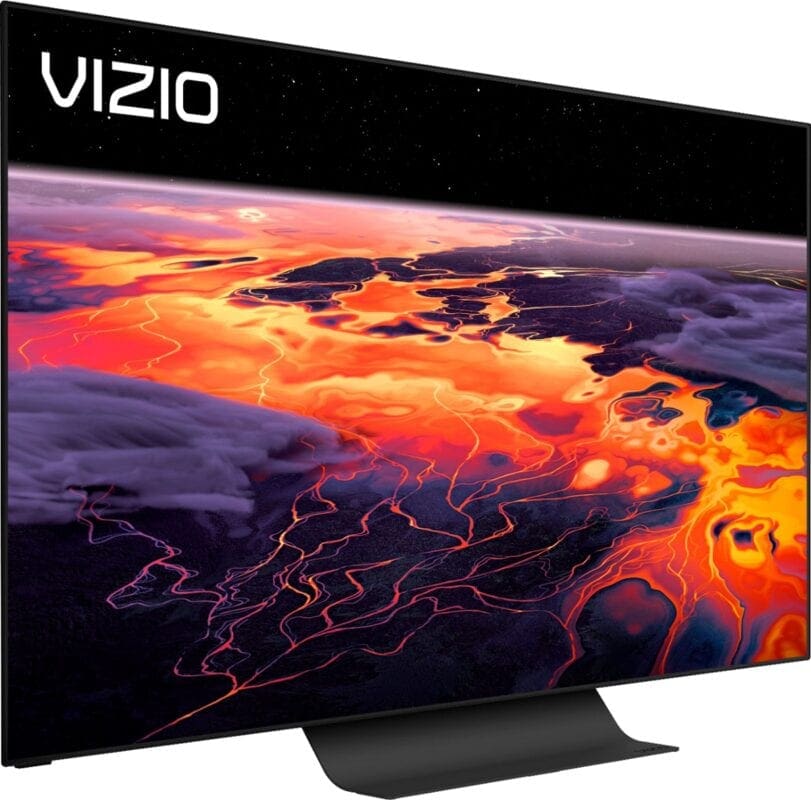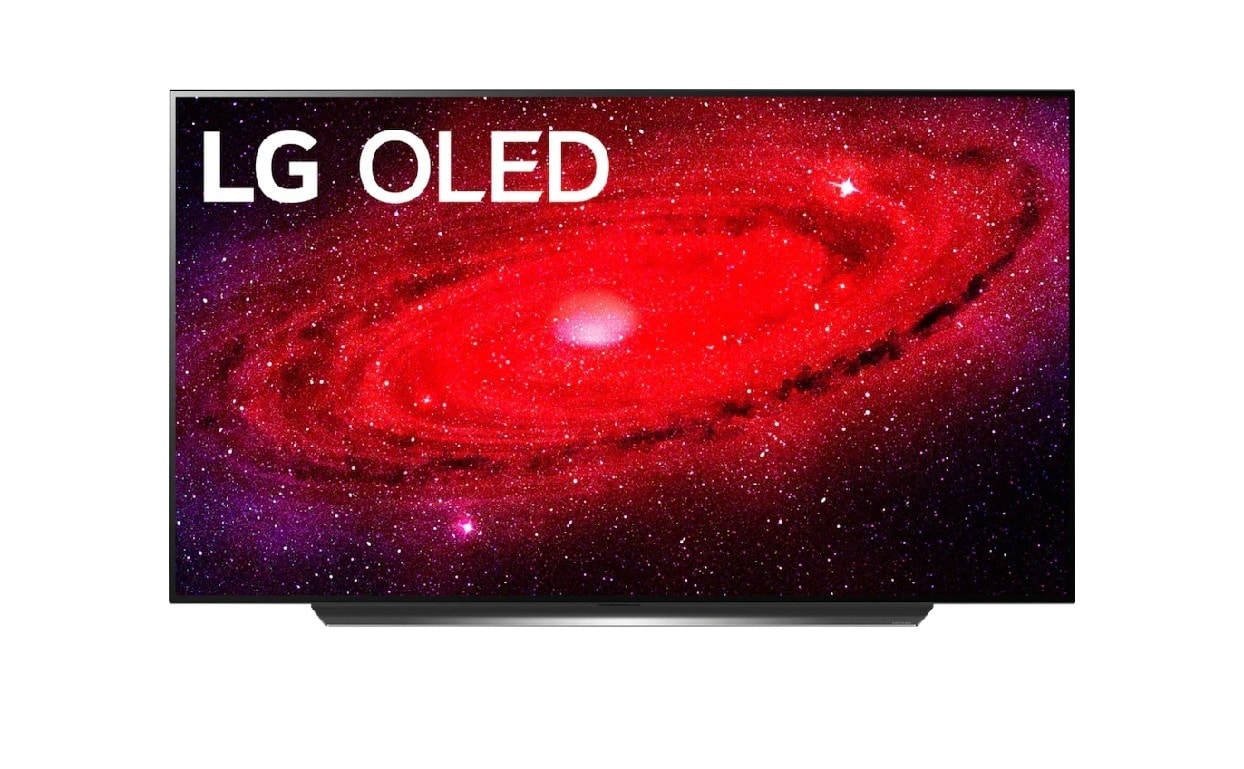Rear projection, plasma, and OLED TVs all use vastly different display technology, yet each shares a similar problem – burn-in, also known as image retention. The issue first appeared (no pun intended) with rear projection CRT TVs that first hit the consumer market in the mid-1990s. Static images, such as channel logos and news tickers, could appear to remain on the screen even after the image was no longer present. It appeared almost like a “ghost” and depending on the color and duration, could result in temporary image retention or could remain present permanently.
In the latter case, it is described as “burn-in.”
The issue was so great that retailers, and even the manufacturers, recommended against playing video games on rear projection TVs. Plasma TV suffered from a similar problem, but given the high costs of such sets, manufacturers devised various technologies that could help limit the effect. This included an orbiting TV picture and a pixel shift, as well as a special white screen that was meant to reduce image retention.
What About OLED?
Fortunately LCD and LED sets aren’t as susceptible to image retention, and the issue of image retention began to fade away (pun intended this time) as rear-projection and later plasma TVs were discontinued. However, OLED sets are now the latest platform that can be impacted by image retention and even burn-in.
Today, the issue of image retention is generally not as severe as it was with nearly all rear-projection and many plasma TVs. Generally speaking, if you watch a number of channels and don’t play the same video game for hours on end, image retention shouldn’t be a serious concern.
Yet, for those who keep a particular news channel on all day, the burn-in with an OLED set could most certainly become an issue. Of course, the question could be asked why anyone would invest in an expensive OLED TV to see Alex Wagner’s rants or Tucker Carlson’s mug! OLED, with its fantastic contrast ratios and high-dynamic range, is meant for viewing epic movies and sporting events.
The latter, with score tickers, would still be a potential problem – but there is also debate on the risk of burn-in from the black bars with an ultra-widescreen presentation.
It is important to note that some manufacturers actually warn owners to avoid watching content that includes black bars, but also on-screen menus, channel logos, on-screen tickers, and video games in general. In other words, the makers practically suggest leaving the TV in the off-setting to best preserve it.
So why does this happen? With plasma TVs, the issue was that the sets used a phosphor-based display technology that was susceptible to overheating, which in turn caused the phosphor particles to lose their brightness. The result was a burn-in, and in some cases, it could be so severe that the image was retained even when the picture was off.
OLED is a little different, fortunately. OLED or Organic Light Emitting Diode, relies on technology that is similar to traditional LED, but it is the organic part that makes a difference. While traditional LED isn’t all that susceptible to burn-in, the materials used in an OLED display experience wear over its lifespan, which results in image retention. Thus, image retention and even burn-in are possible, but it will take a long time for it to be noticeable.

Vizio OLED.
Now the final bit of good news, even as the manufacturers warn what can cause burn-in, there are some good features to help remedy the situation. This includes pixel cleaning, screen move, and the ability to adjust logo brightness with LG’s OLED sets; while Sony offers a pixel shift and panel refresh functionality.
And finally, a word of advice from a long-time TV junkie and an early adopter who has faced burn-in head-on (it sucks) – after a few hours of playing games, watching a news channel, or a movie that featured black bars due to the aspect ratio, it is best put the TV on a channel that is free from logos (or has a logo in another place) and fills the screen. Simply throwing in a DVD or Blu-ray for half an hour can also help provide the screen with different images that can reduce the likelihood of image retention and burn-in.
Now a Senior Editor for 1945, Peter Suciu is a Michigan-based writer who has contributed to more than four dozen magazines, newspapers and websites. He regularly writes about military hardware, firearms history, cybersecurity and international affairs. Peter is also a Contributing Writer for Forbes.

